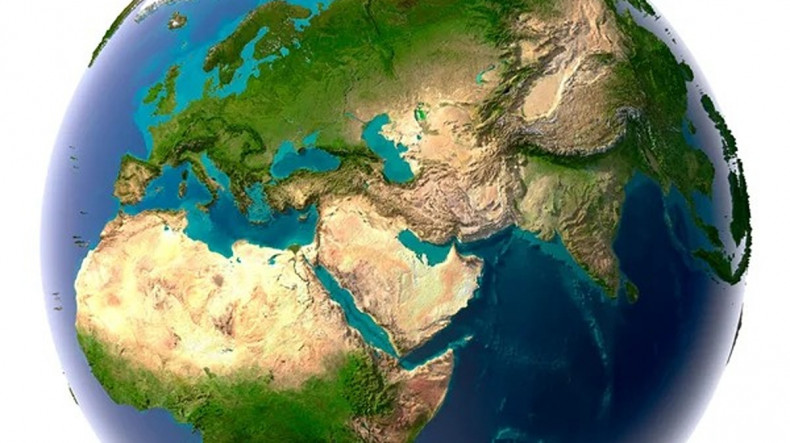
Scientists build 'digital twin' of Earth
Scientists have built a highly accurate digital simulation of planet Earth to provide reliable information about extreme weather and climate change, Euronews reports.
This AI-powered “digital twin” virtually simulates the interaction between natural phenomena and human activities to predict their effect on things like water, food and energy systems.
In the past, climate and weather predictions have either focused on local regions or larger global systems. The new project, known as Destination Earth (DestinE), brings all of this information together alongside human actions to “depict the complex processes of the entire Earth system”.
The project, activated by the European Commission on 10 June with over €315 million in funding from the Digital Europe programme, hopes to provide a method of testing scenarios that will help policymakers and scientists to prepare for the future.
"The launch of the initial Destination Earth (DestinE) is a true game changer in our fight against climate change," says Margrethe Vestager, Executive Vice-President for a Europe Fit for the Digital Age. "It means that we can observe environmental challenges which can help us predict future scenarios - like we have never done before... Today, the future is literally at our fingertips."
DestinE currently consists of two models - one focusing on climate change adaptation and the other on weather-induced extremes - which draw on data from sources like Copernicus.
It is expected to continually evolve over the coming years, completing a full digital replica of the Earth by 2030.
Newsfeed
Videos






























